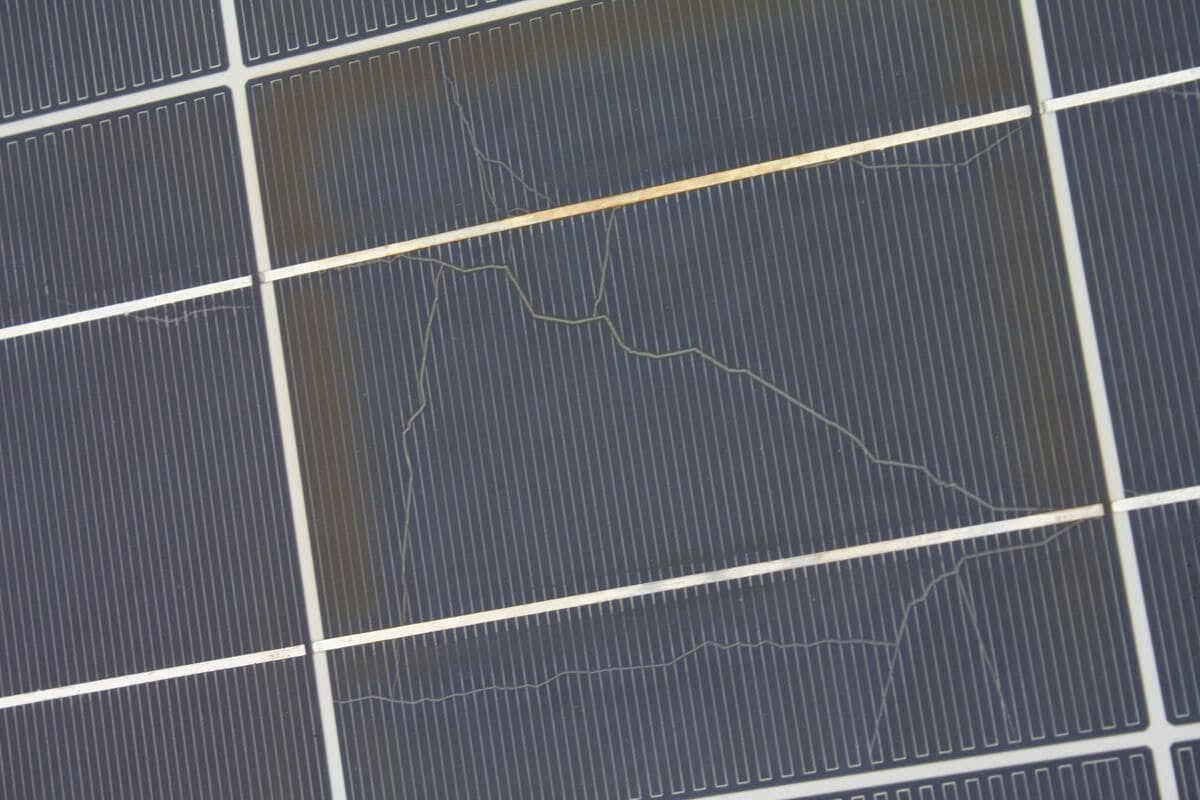R. Dr. Francisco Sá Carneiro
Zona Industrial de Bouro, Letra C
4740-010 Esposende, Portugal

What are snail trails on solar panels?
A problem often found on solar panels, Snail Trails, this name comes from the lines that appear on solar panels, similar in appearance to snails running across the surface of the panel. The optical effect that it presents corresponds to micro cracks in the cells, consisting of discoloration in the paste used in the silkscreen of the photovoltaic cells.
What are they?
The formation of snail tracks has been related to the ingress of moisture and oxygen through microcracks. The process happens with the presence of heat, UV radiation and humidity. Under operating conditions, moisture in the surrounding environment enters the PV modules through the back sheet foil. While a solar cell is generally an effective barrier to protect moisture reaching the front surface, the cell edges or microcracks are located where moisture can diffuse to the front surface of the solar cell. Silver nanoparticles from the grid fingers can dissolve and migrate into the encapsulant causing a chemical reaction that causes discoloration. If water vapor is also present, discolored “snail trails” are then formed throughout the microcracks not only to reduce energy production but also compromise appearance.
Do they affect my energy output?
When the underlying solar cells are broken, the cells can continue to generate electric current along the cracks, causing localized heat that breaks down the cell surface and the EVA (Ethyl Vinyl Acetate).
This phenomenon causes power degradation and as a result creates serious concern about the effects of this problem on crystalline silicon solar modules. This problem usually occurs during the first months of outdoor exposure or can start years after the initial installation.
It has been reported to affect the modules of a wide range of PV module manufacturers worldwide.
How can I prevent the snail trails from appearing?
The best way to reduce snail trails on solar panels is to choose reliable encapsulation materials to prevent water vapor from entering the laminate, and to handle panels carefully to prevent micro-cracks from forming.
Do you have any suggestions or topics about the solar universe you would like to read here? Reach us by email (and go solar)!